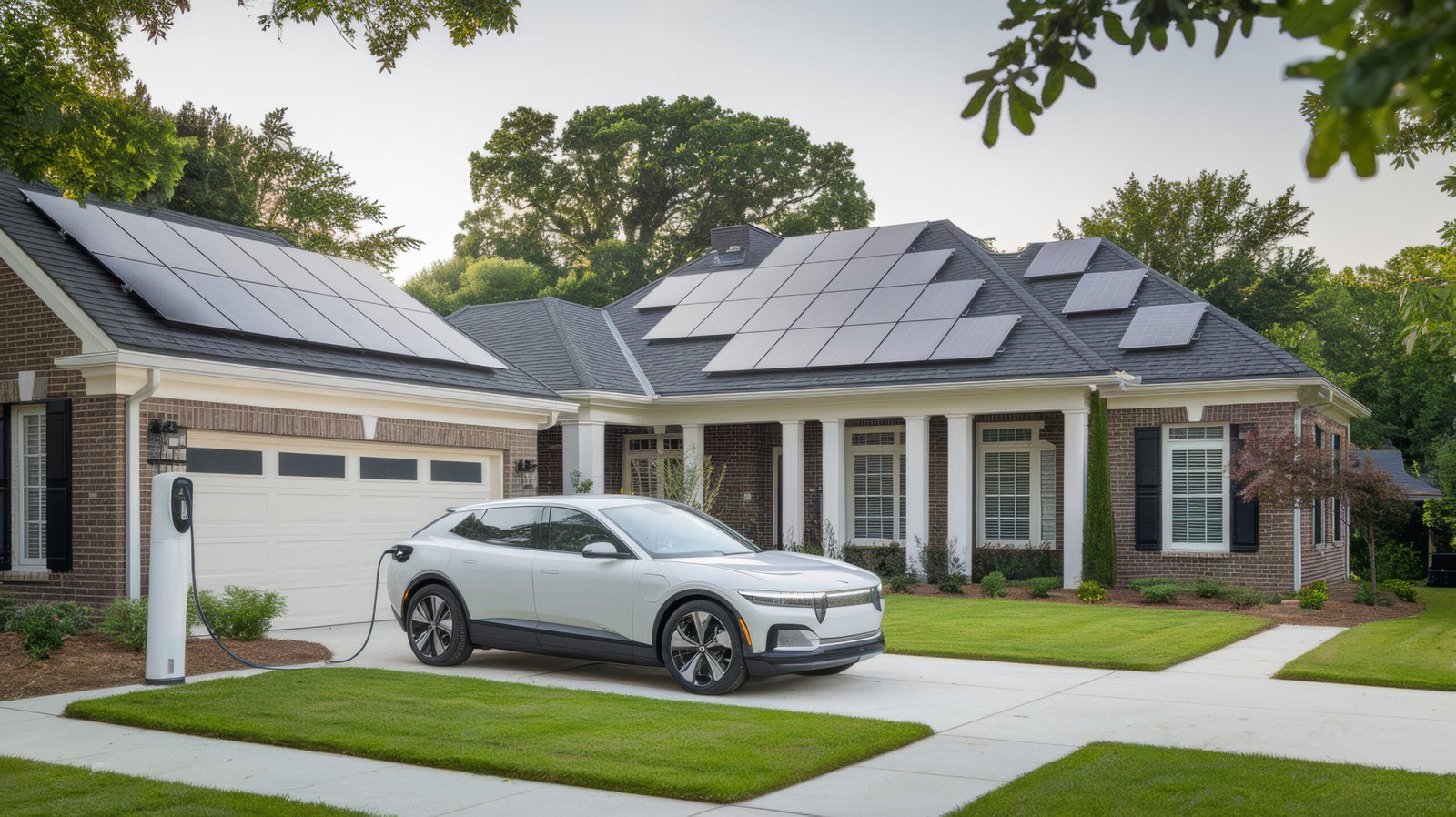The U.S. solar industry has seen its fair share of ups and downs, but nothing has stirred more conversation lately than the recently passed “One Big Beautiful Bill Act.” While the name might sound playful, its implications are serious—especially for homeowners and businesses in South Carolina and Ohio. Installers like APSunEnergy who have built their future on the promise of clean energy are adapting to the change and coming up with innovative strategies to provide value and saving for it’s customer.
So, what does this bill actually mean for solar, and where do we go from here?
The End of Generous Tax Credits
For years, the Federal Solar Investment Tax Credit (ITC) has been one of the most important drivers of rooftop solar adoption. By letting homeowners and businesses deduct a large portion of installation costs from their federal taxes, the ITC has made solar more affordable and more attractive.
The new bill, however, phases out these credits much faster than expected. For homeowners, this means if you don’t have your solar system installed and operational before the deadlines, you could lose out on thousands of dollars in savings.
Takeaway for homeowners: If you’ve been on the fence about going solar, now is the time to act. Waiting could literally cost you thousands.

Stricter Supply Chain Rules
The bill also introduces tougher rules around where solar panels and components can be sourced. While the goal is to boost American manufacturing and reduce reliance on imports, the short-term effect could be higher prices and potential delays in panel availability.
Takeaway for buyers: Expect some fluctuation in solar system costs as the industry adapts. Early adopters may still lock in current pricing before supply chain changes ripple through the market.
A Mixed Bag for Developers
Large-scale solar developers face both opportunities and hurdles. While some incentives are being rolled back, the bill does include support for utility-scale projects that can help stabilize the grid. But with higher financing costs and less certainty around tax benefits, developers will need to adapt quickly.

Why Solar Still Shines Bright
Here’s the good news: despite policy changes, solar energy isn’t going anywhere.
-
Costs keep falling: Even without subsidies, solar is one of the cheapest forms of new electricity generation in the U.S.
-
Rising demand for power: Data centers, electric vehicles, and AI-driven technologies are fueling massive electricity needs—renewables like solar are best positioned to fill that gap.
-
State-level support: Many states still offer strong incentives, rebates, and net-metering programs, giving homeowners additional ways to save.
Takeaway: While the bill creates new challenges, solar is still the future of American energy.

What’s Next for Homeowners
If you’re considering solar, the smartest move is to move quickly:
-
Get a proposal now – Lock in current incentives before deadlines cut them short.
-
Ask about financing – Even without federal credits, solar loans and PPA options can make solar affordable.
-
Pair solar with storage – Battery storage is gaining momentum, and homeowners who add it can boost their energy independence.
APSunEnergy’s Perspective
At APSunEnergy, we see this as a call to action. Change in policy always creates uncertainty, but it also creates opportunity for those who act decisively. Our mission is to make sure homeowners like you don’t miss out on the financial and environmental benefits of solar—even in a shifting policy landscape.
💡 Bottom line: The “One Big Beautiful Bill Act” may close one chapter of solar incentives, but the story of solar energy is still being written. And we’re here to help you make sure your home is part of it. South Carolina and Ohio with adopt to keep lowing our carbon footprints and create a sustainable future.
✅ Ready to see how much you can still save with solar before the credits disappear? [Schedule your free consultation with APSunEnergy today.]







